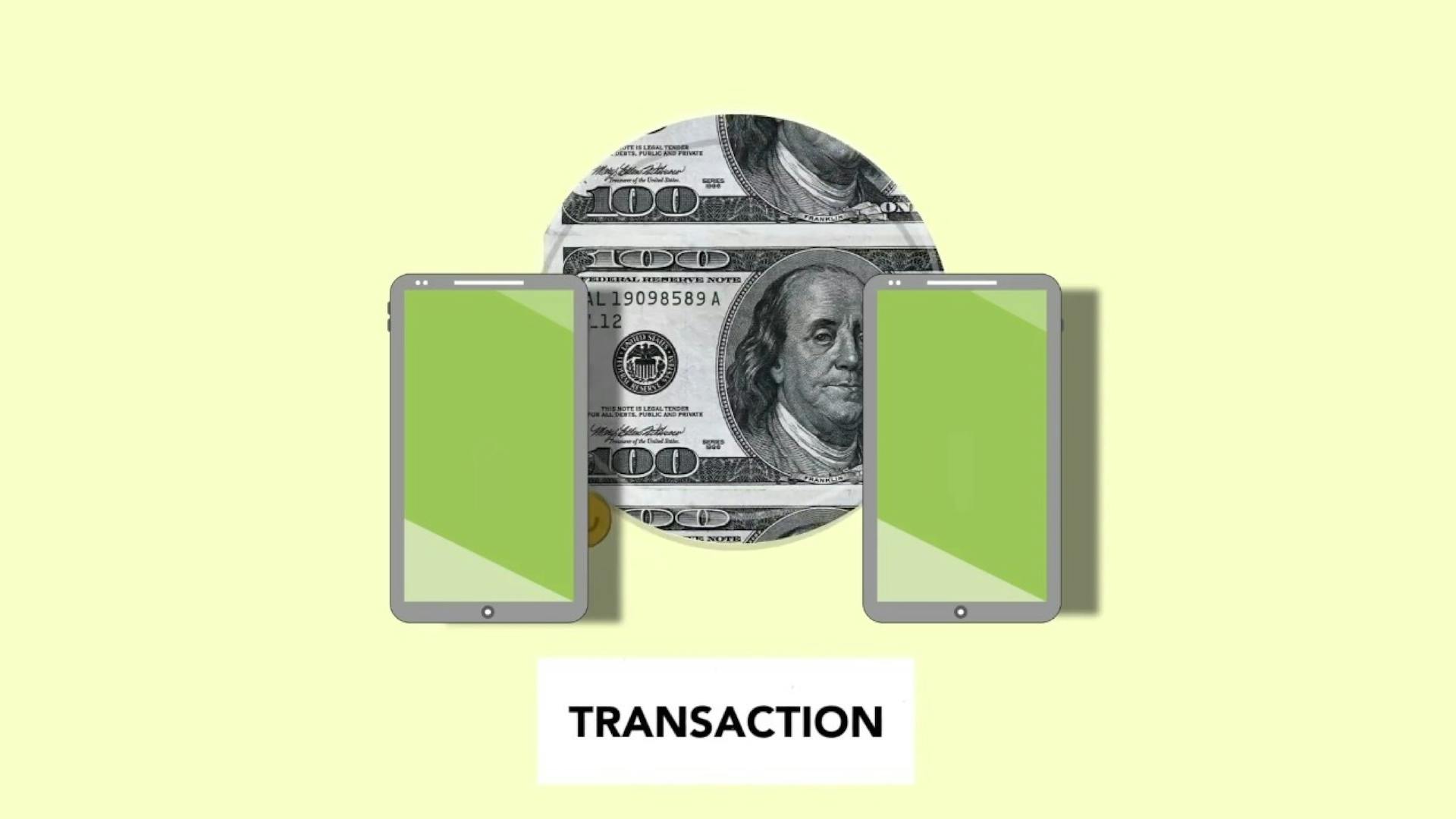
A breach under HIPAA can be a nightmare for healthcare organizations. HIPAA, or the Health Insurance Portability and Accountability Act, requires covered entities to protect the confidentiality, integrity, and availability of electronic protected health information (ePHI).
Covered entities must implement administrative, technical, and physical safeguards to ensure the confidentiality, integrity, and availability of ePHI. This includes ensuring that all employees have a clear understanding of HIPAA policies and procedures.
In the event of a breach, covered entities must provide notification to affected individuals, the Secretary of HHS, and the media if the breach affects more than 500 individuals. The notification must include the date of the breach, the date of the discovery, and a description of the types of ePHI involved.
Curious to learn more? Check out: Ephi Hipaa
What Is the HIPAA Breach Rule?
The HIPAA Breach Rule is a set of standards that establish the need for covered entities and their associates to inform individuals whose information might have been leaked.
These standards are found in Sections 164.402-414 of the Code of Federal Regulations (CFR), which is a specific part of the law that outlines the requirements for healthcare organizations to protect patient data.
The Breach Notification Rule in HIPAA has two main goals: to protect individuals and increase accountability.
Here are the specific goals of the Breach Notification Rule:
- Protect individuals: By informing patients whose information is exposed, they can take steps to protect themselves from potential identity theft or fraud.
- Increase accountability: By requiring covered entities and business associates to report breaches, HIPAA creates a system of accountability that encourages them to prioritize data security.
Notification Procedures
Notification procedures are a crucial aspect of handling a breach under HIPAA. You must notify impacted individuals promptly and no later than 60 days after the breach is discovered.
To provide a breach notification, you'll need to include a concise description of the incident, detailing the dates of the breach and discovery (if known) alongside the types of unsecured PHI involved. This can be done through a written notice sent by first-class mail or via email if the individual has consented to be contacted via email.
The notification must also include recommendations for affected individuals to safeguard themselves, such as credit monitoring. Additionally, you'll need to provide a summary of the covered entity's actions taken to investigate the breach, mitigate potential harm, and prevent similar occurrences in the future.
For your interest: Hipaa Compliance Email Rules
A toll-free phone number should be included for individuals to inquire if their information might be involved in the breach. The contact number needs to remain active for at least 90 days.
If the contact information of over 10 affected individuals is outdated, you must publish the notice on your website or broadcast the notice where each individual resides for at least 90 days.
Here's an interesting read: Caremark Phone Number for Prior Authorization
Protected Health Information (PHI)
Protected Health Information (PHI) is a crucial concept to understand when it comes to HIPAA breaches. PHI is any individually identifiable health information, including medical records, test results, and billing information.
The HIPAA Privacy Rule defines PHI using 18 identifiers, such as names, dates of birth, Social Security numbers, and medical record numbers. This means that any information that could potentially identify a patient is considered PHI.
Videos and images containing PHI are also protected by the HIPAA Privacy Rule, as is PHI that's stored electronically. This includes digital files, emails, and text messages that contain PHI.
For your interest: Hipaa Privacy Act
To determine if a breach has occurred, you must consider whether the PHI was impermissibly used, accessed, or disclosed. If the PHI was not properly secured and was accessed or disclosed without authorization, it's considered a breach.
Here are the 18 identifiers of PHI as defined by the HIPAA Privacy Rule:
- Names
- Dates, except year
- Telephone numbers
- Geographic data
- Fax numbers
- Social Security numbers
- Email addresses
- Medical record numbers
- Account numbers
- Health plan beneficiary numbers
- Certificate/license numbers
- Vehicle identifiers, including license plates
- Web URLs
- Device identifiers and serial numbers
- IP addresses
- Full face photos and comparable images
- Biometric identifiers (i.e., retinal scan, fingerprints)
- Any unique identifying number or code
If a breach occurs, you must notify the Secretary of Health and Human Services (HHS) and provide a notification to the affected individuals. The timing and manner of the notification depend on the number of individuals affected.
Worth a look: Hipaa Security Breach Notification
Business Associates
If a business associate is responsible for a breach, they must notify the covered entity within 60 days of discovering the breach. This is a crucial step in ensuring that affected individuals are notified and that the breach is properly handled.
The business associate must provide identification of each affected individual to the covered entity, as well as communicate as many details as possible about the breach. This information is essential for the covered entity to comply with the Breach Notification Rule.
Here are the key responsibilities of a business associate in the event of a breach:
- Notify the covered entity within 60 days of discovering the breach
- Provide identification of each affected individual
- Communicate as many details as possible about the breach
The business associate must also provide the covered entity with any other available information that is required to be included in notification to the individual under § 164.404(c). This information should be provided as soon as possible, either at the time of the initial notification or afterwards as it becomes available.
Explore further: Medical Information Bureau Mib
Business Associate
As a business associate, you play a crucial role in helping covered entities comply with the Breach Notification Rule. A business associate is responsible for notifying the covered entity of a breach within 60 days of discovering it.
The notification should include identification of each affected individual, as well as as many details as possible about the breach. This information is crucial for the covered entity to notify affected individuals, notify HSS, and potentially contact the media.
A business associate is deemed to have knowledge of a breach if it's known to any employee, officer, or agent, except the person responsible for the breach. This means that if any of your team members are aware of the breach, you're responsible for notifying the covered entity.
The notification should be provided without unreasonable delay and in no case later than 60 calendar days after discovery of a breach. This timeline is crucial to ensure that affected individuals are notified promptly.
The notification should include a list of affected individuals, if possible, and any other relevant information that the covered entity would need to notify affected individuals. This information should be provided as soon as possible, either at the time of the initial notification or afterwards as it becomes available.
Here's a summary of the key points:
- Notify the covered entity within 60 days of discovering a breach
- Include identification of each affected individual and as many details as possible about the breach
- Be aware of when your team members are aware of the breach
- Provide the notification without unreasonable delay and in no case later than 60 calendar days
- Include a list of affected individuals and any other relevant information
Good Faith Unauthorized Retention
A covered entity or business associate may waive breach notification requirements if they reasonably believe the unauthorized PHI recipient wouldn't have been able to retain the information.
This means that if a business associate has good reason to believe the unauthorized recipient wouldn't have been able to keep the PHI, they might not need to send out breach notifications.
A fresh viewpoint: Phi in Hipaa Stands for
Exceptions
Exceptions to a breach under HIPAA exist. In fact, there are three specific scenarios that don't require a breach notification.
One of these exceptions is unintentional access or use of protected health information (PHI) by an employee, made in good faith and within the scope of their authority.
Accidental disclosure of PHI between authorized persons is another exception. This means if PHI is shared accidentally between people who are supposed to have access to it, it's not considered a breach.
The third exception is when an organization is confident that the person who obtained or accessed the PHI will not retain or compromise the data.
Here are the three exceptions in a nutshell:
- Unintentional access or use of PHI by an employee, made in good faith and within the scope of their authority
- Accidental disclosure of PHI between authorized persons
- The organization confidently believes that the person who obtained or accessed the PHI will not retain or compromise the data
If any of these exceptions apply, a covered entity isn't required to notify affected parties or HHS under the Breach Notification Rule.
Compliance and Enforcement
If a covered entity discovers a breach of unsecured protected health information, it must notify the Secretary of the HHS. This notification should follow the guidelines outlined in 164.404(a)(2).
Covered entities and their business associates must display adherence to the HIPAA rules or prove that the PHI use wasn’t a breach. They must keep a record of smaller breaches involving less than 500 individuals, and at the end of each calendar year, the Secretary must receive a report from the covered entities containing all such breaches that occurred during the previous year.
For larger breaches impacting at least 500 individuals, the covered entity must notify the Secretary at the same time they notify affected individuals under 164.404(a). The notification format should follow the instructions provided on the HHS website.
You might enjoy: S&p 500 Healthcare Index Etf
Factors Affecting Severity
The severity of a breach depends on four key factors. These factors help determine the level of risk and the necessary response to a breach.
The type of PHI exposed plays a significant role in determining severity. Information like a patient's full name, address, and diagnosis is more sensitive than basic details like height or weight.
The identity of the unauthorized party also affects severity. A curious coworker poses less risk than a criminal selling medical data on the black market.
PHI acquisition versus viewing is another crucial factor. If there is unauthorized access, acquisition, or viewing of PHI, the covered entity must assess whether this incident constitutes a breach.
The covered entity must investigate whether the unauthorized individuals who accessed the PHI actually looked at or retained the information.
Here are the four factors in detail:
- Type of PHI exposed: Information like a patient's full name, address, and diagnosis is more sensitive than basic details like height or weight.
- Identity of the unauthorized party: A curious coworker poses less risk than a criminal selling medical data on the black market.
- PHI acquisition vs. viewing: If there is unauthorized access, acquisition, or viewing of PHI, the covered entity must assess whether this incident constitutes a breach.
- Mitigating the leak: If the vulnerability that allowed the breach is addressed, the overall risk is reduced.
The covered entity is usually obligated to notify patients if their PHI has been compromised. This notification should explain the nature of the breach, the information potentially exposed, and steps being taken to address the vulnerability and prevent future incidents.
How Secureframe Helps with Compliance
Secureframe helps with compliance by training employees on HIPAA requirements and best practices.
This training ensures that employees understand the importance of keeping sensitive information safe.
Secureframe also keeps track of vendors and associates that have access to Protected Health Information (PHI), reducing the risk of unauthorized access.
By monitoring individual PHI safeguards, Secureframe helps organizations stay on top of their compliance efforts.
This proactive approach to compliance can help organizations avoid costly fines and penalties associated with HIPAA rule violations.
For another approach, see: A Characteristic of Preferred Provider Organizations Is
Administrative Requirements
Administrative Requirements are a crucial part of HIPAA compliance. Covered entities must follow specific administrative requirements outlined in § 164.530(b), (d), (e), (g), (h), (i), and (j) when dealing with patient data privacy under this subpart.
Workforce training is a key aspect of administrative requirements. Covered entities must implement a program to train their workforce on HIPAA Privacy Rule requirements, including understanding patients' rights, how to handle protected health information (PHI), and how to comply with the entity's privacy policies and procedures.
Complaint procedures are also essential. Covered entities must have a process for patients to submit complaints about how their PHI is handled, including designating a contact person or office to receive complaints and having a clear procedure for investigating and responding to them.
Sanctions are another important aspect of administrative requirements. Covered entities must have policies and procedures to address workforce violations of the HIPAA Privacy Rule, which may include disciplinary action or termination depending on the severity of the violation.
Discover more: Hipaa It Compliance Requirements
Mitigation plans are also required. Covered entities must have a plan to mitigate any potential harm caused by unauthorized disclosures of PHI, which could involve notifying affected patients, taking steps to prevent future breaches, and reporting the incident to the HHS.
Confidential communications must also be provided. Covered entities must provide patients with different ways to request confidential communications about their PHI, such as allowing them to request information by physical mail or through a secure online portal.
Documentation is also a must. Covered entities must document their HIPAA Privacy Rule compliance efforts, including maintaining records of workforce training, complaints received, and any actions taken in response to violations or breaches.
Here is a summary of the administrative requirements:
- Workforce training
- Complaint procedures
- Sanctions
- Mitigation plans
- Confidential communications
- Documentation
These administrative requirements are essential for covered entities to follow in order to maintain HIPAA compliance and protect patient data.
Frequently Asked Questions
What is the best example of a HIPAA breach?
A HIPAA breach occurs when sensitive patient information is compromised due to unauthorized access, disclosure, or theft, such as when healthcare employees share confidential records with unauthorized parties. This can happen through various means, including social media, unsecured communication, and weak technology.
What is an impermissible disclosure under HIPAA?
An impermissible disclosure under HIPAA is a use or sharing of protected health information without patient consent or authorization. This is presumed to be a breach unless the covered entity can prove the information was not compromised.
Is a breach defined as an impermissible?
A breach under HIPAA is indeed defined as an impermissible use or disclosure of PHI. This impermissible action compromises the security or privacy of the protected health information.
Sources
- https://secureframe.com/hub/hipaa/breach-notification-rule
- https://www.ecfr.gov/current/title-45/subtitle-A/subchapter-C/part-164/subpart-D
- https://www.manageengine.com/log-management/compliance/hipaa-breach-notification-rule.html
- https://attorneyhales.com/breach-notification-rule/
- https://www.ifaxapp.com/hipaa/hipaa-breach-exceptions/
Featured Images: pexels.com


